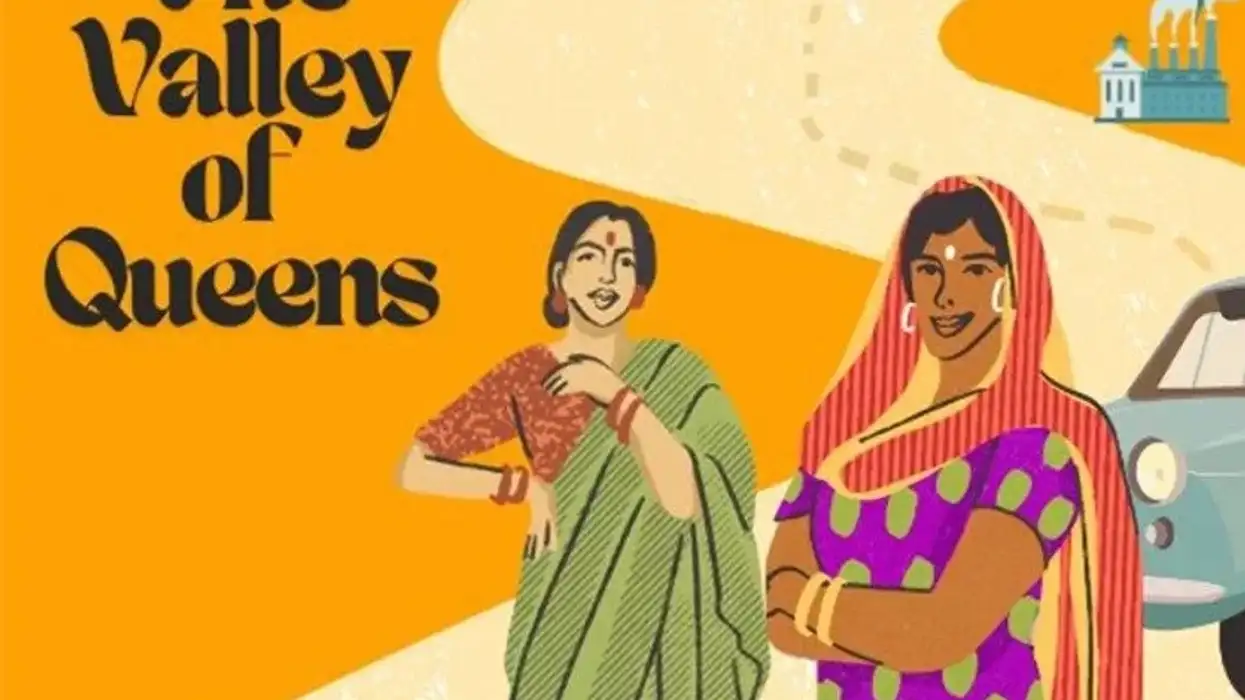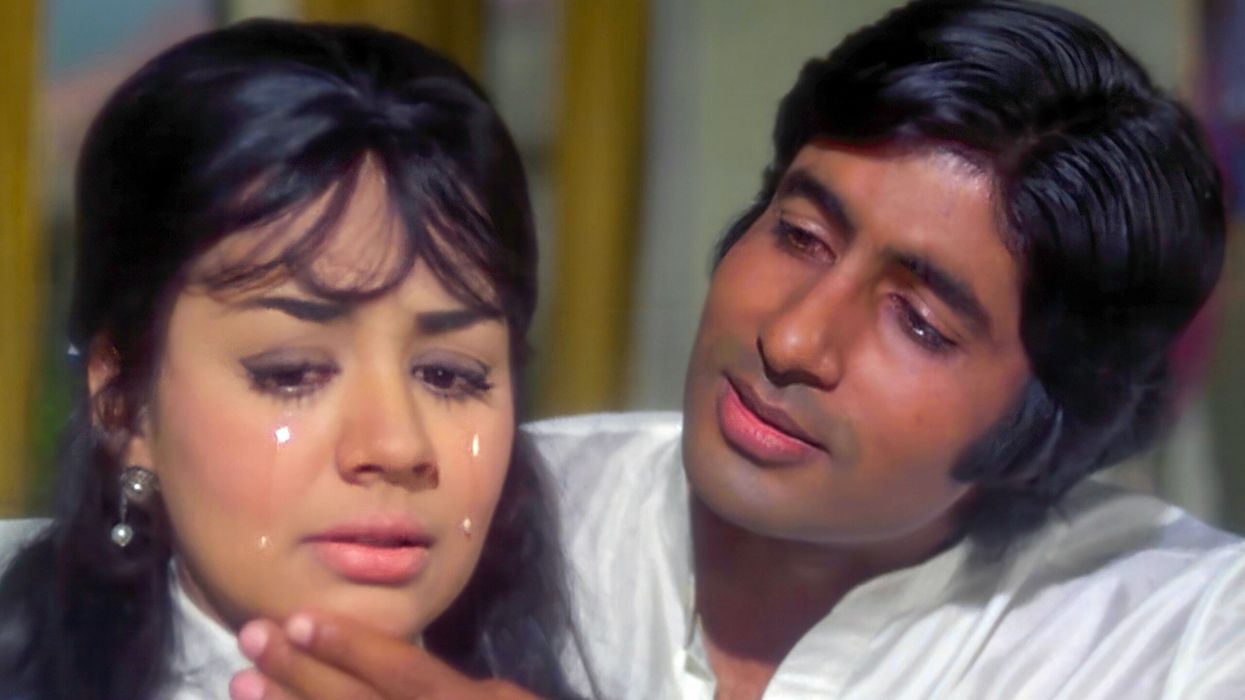By Roshan Doug
IF you’ve been living in a parallel universe or you're unfamiliar with Hindi films, you might be forgiven in thinking that Vaibhavi and Shruti Merchant’s theatrical extravaganza Taj Express is probably a little more than a taste of Bollywood for the uninitiated.
It is, I am delighted to say, much, much more than that. I didn’t like it; I loved it.
Whether you are avid follower of Bollywood musicals or one with only a tacit interest in this genre, I think, you will be electrified by this show and this particular production.
Taj Express tells the story of Shankar, a struggling composer who has a dream of working in the Indian film industry like his idol, AR Rahman.
Directed by Shruti Merchant and choreographed by Vaibhavi Merchant, it recounts Shankar’s struggle to compose and create music for a new film written by the dubious sounding Raj Pakora. It is almost a theatrical piece about the creative process, how inspiration comes and an artist’s obligation to it. We witness Shankar’s golden opportunity to shine and show the world his artistic talents, but given that he’s got only under a day to produce all the music, will he do it?
The acting was good; the dialogue and delivery were smooth, arousing humour and laughter in all the right place. Both leading actors Vidyuth Gargi (Shankar) and Hiten Shah (Arjun) gave impressive performances that delighted the audience. Taj Express also features music by Rahman himself, the man behind Jai Ho (Slumdog Millionaire) and many other famous hits including Chaiyya Chaiyya (Dil Se) and Rang De (Thakshak).
Irrespective of what you think of Bollywood musicals, this in itself is worth an evening out.
Like many of Rahman’s previous musical hits, there is something infectiously uplifting about the loud, bombastic pieces in this production – coming in the form of drums, the dhols, the electric guitar and the melodious, haunting sound of the flute. Clearly, the choreographers and the dancers have worked remarkably well, producing a spectacular, dazzling effect that resonated with me throughout the night.
But, of course, I would be perpetrating a grave injustice if I didn’t say a few words about the dancers, the glamorous, glittering costume (by Bipin Tanna) and lighting and sound (Miguel Angel Fernandez and Alessio Comuzzi). All these were incredibly impressive because, as hard as I looked, I couldn’t see anything wrong with the effect, the composition nor the presentation. The dance routines, in particular, were spot on – synchronised to perfection. The dancers were exceptional and, in many places, magnificent especially the soloist, Sadhwi Majumder, whose stage presence was extraordinarily enticing. But there was a notable effort from the whole team exuberating so much vitality; so much energy. I honestly couldn’t fault any of them nor any other aspect of this brilliant family extravaganza.
I reckon that even after this current tour, this production will continue in similar shape or form for quite some time.
Taj Express concludes its run at the Birmingham Hippodrome on Saturday (15).





 The Christmas light walks in central London that still feel festive Getty Images
The Christmas light walks in central London that still feel festive Getty Images 





